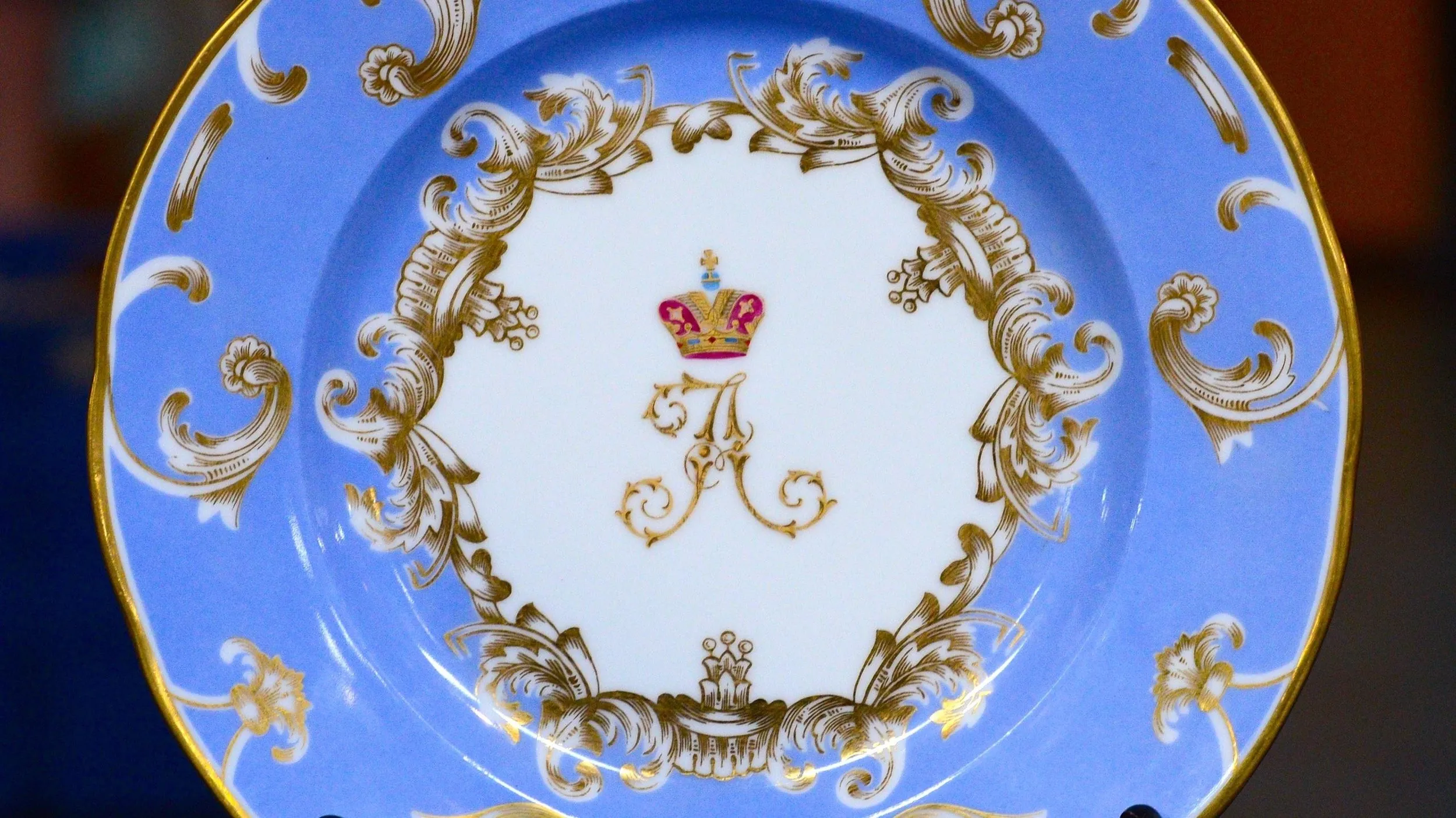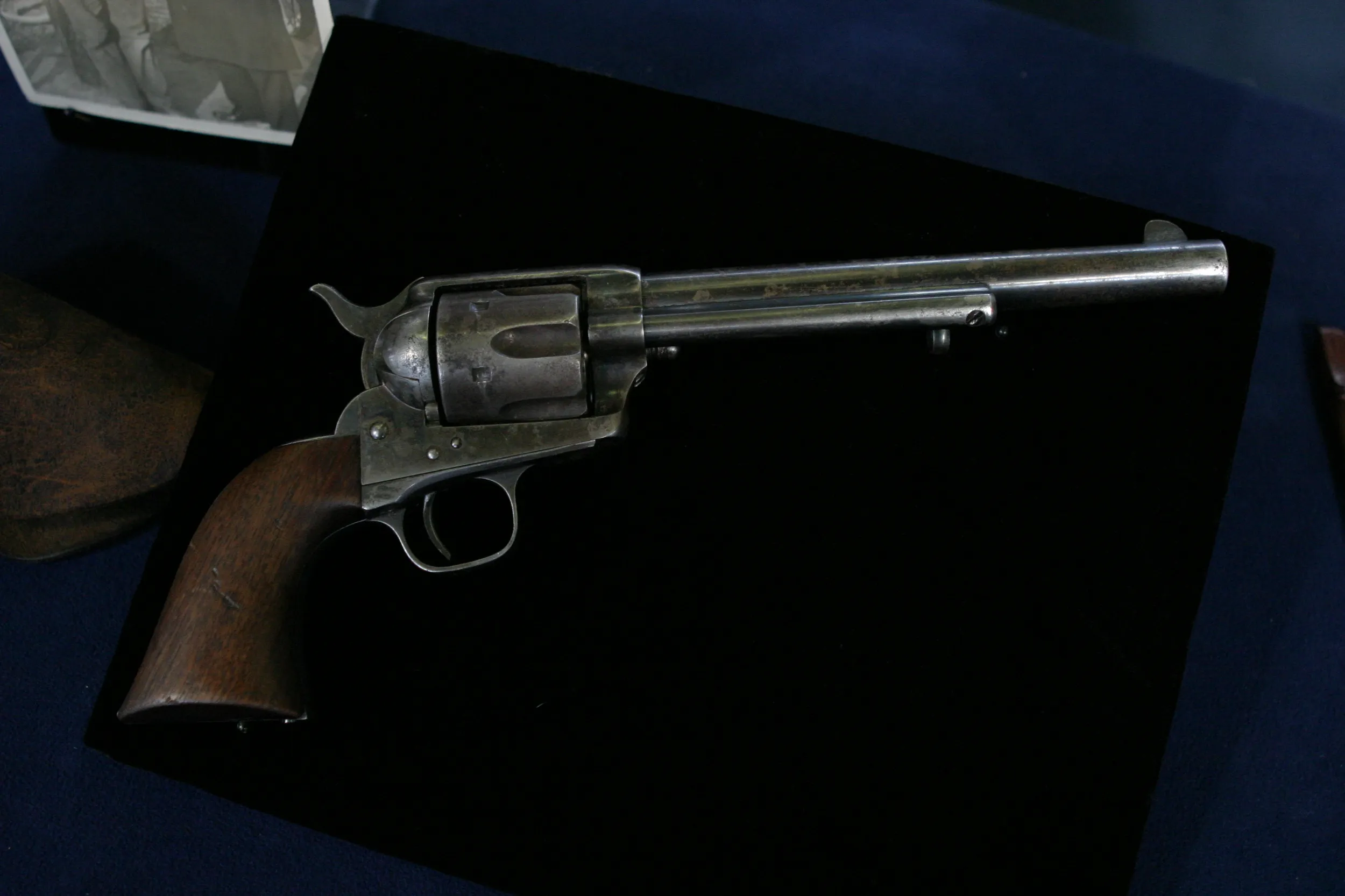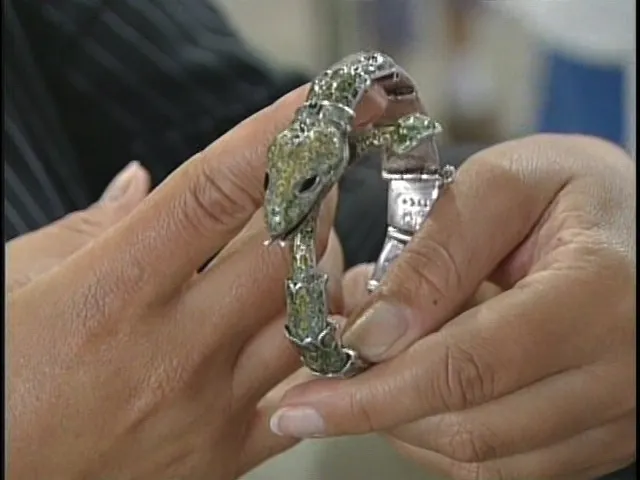HOST: The Roman god Vulcan created for the 1904 St. Louis World's Fair is a towering reminder of Birmingham's place in the history of American iron and steel production. The giant was made from ore smelted in the nearby Sloss furnaces, an industrial powerhouse that helped give Birmingham the nickname "The Pittsburgh of the South." Now a national landmark, ROADSHOW joins Stuart Whitehurst at the Sloss furnaces to take a look at some desirable iron and antiques.
HOST: Normally, we think of places like this and we immediately think of industrial uses of iron-- railroads, buildings, things like that-- but a lot of great cast iron toys and art and collectibles have come out of places like this, and you've brought a couple to share with us. Tell me about this penguin.
APPRAISER: Well, this penguin is made by the Taylor Cook Company, and it is one of a series of eight animals that were made in the 1930s. If you want a jazzy doorstop, that's a good doorstop to get.
HOST: Back in the 1930s, if I needed to buy a doorstop and I liked this penguin, what would I expect to pay for that?
APPRAISER: It would probably cost you about five dollars at the time. Obviously, a doorstop is going to see slamming doors all the time, and in this paint scheme-- which is the right paint scheme, by the way-- in this condition actually makes it a very desirable doorstop.
HOST: Now, for collectors who have penguins like this in their doors or on their mantles, what's the value today?
APPRAISER: At auction, you would probably expect to pay about $2,000 for that doorstop. If it's a traditional black and white penguin that you would expect to see, that's the wrong paint scheme. Probably worth about a tenth as much as this one.
HOST: I see. Now we have this next piece of cast iron work, and the paint here is amazing given the age. Tell me about this piece.
APPRAISER: This is a Punch and Judy bank made around 1885 in Buffalo, New York, made by the Shepard Company. And what makes this really, really good, you pointed out, is the paint surface. Any mechanical bank is going to see a lot of wear, and the ones that retain their value, do the best, are the ones that have most of their original paint surface.
HOST: Does this still work?
APPRAISER: Yes, it does, yes, it does. And I'm going to put the penny in the pan here, press the lever, and off it goes. Bang, there we go.
HOST: Saving your pennies there. How can we tell if this is an original piece or someone has doctored it up to make it look old but has been repainted?
APPRAISER: That's a really great question. Actually, on the older paints which are applied on cast iron, typically they're oil based, and so they're very thick, so when they chip, they chip with a jagged edge. Modern reproductions often have a sprayed paint, so it's a surface that you can't even gouge away, let alone chip. So when you see those ragged edge chips, you pretty much know that you're looking at an old surface.
HOST: What's the value of a piece like this today?
APPRAISER: Great paint, great bank. At auction, it's probably worth around $4,000.
HOST: Great pieces of cast iron work here, and what a great place to see it, right here in Birmingham. Thanks so much for sharing it with us.
APPRAISER: My pleasure.











